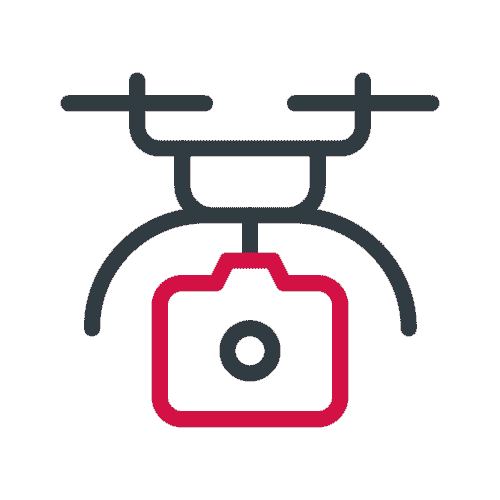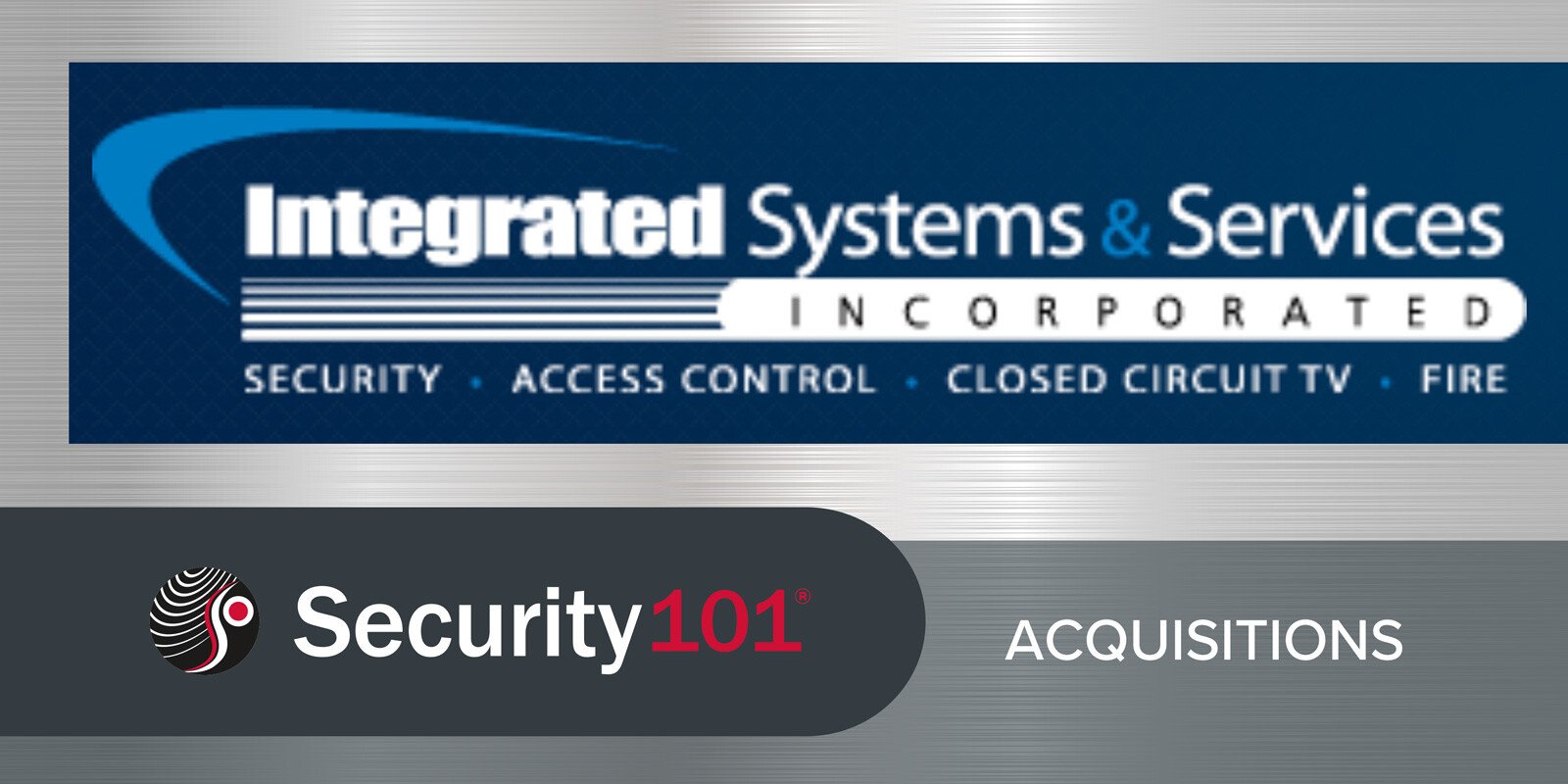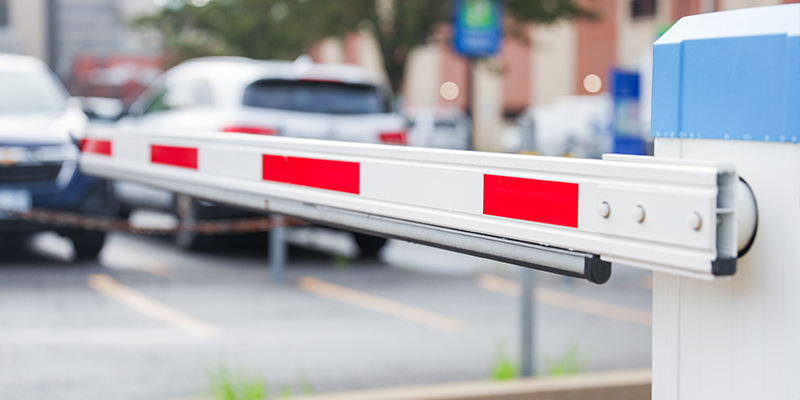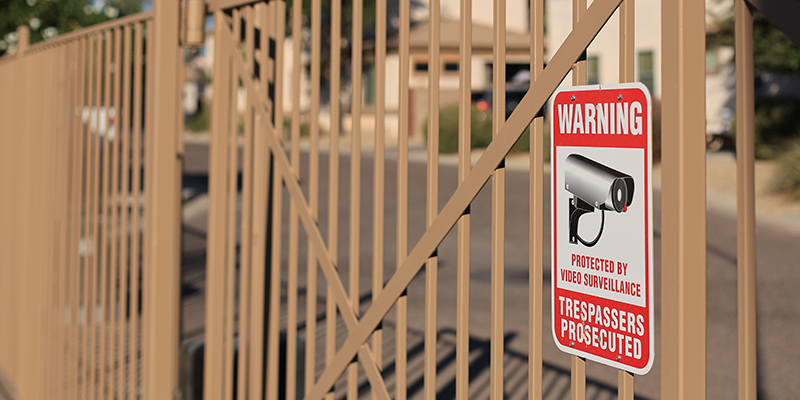Counter-Drone Security Solutions

Drones pose an increasing threat to your site, presenting risks such as falling from the sky, crashing into crowds, and causing injuries. Moreover, they are frequently used for espionage, unauthorized surveillance, and criminal activities. To combat these challenges, it is essential to strengthen your airspace security with cutting-edge, counter-drone security solutions.
Detect, track, identify, and defeat.
A state-of-the-art drone security system can detect risks quickly and accurately, enabling timely decision-making when unwanted unmanned aerial vehicles are identified. By integrating autonomous and dynamically controlled security drones into your security framework, you can enhance situational awareness, mitigate potential threats, and respond cohesively and rapidly.
Modern aerial devices play a crucial role in supporting your security team's operations. With these drones for security, your team can access real-time footage, consistently inspect areas remotely, and receive automated intelligence derived from visual data. Invest in counter-drone security solutions to safeguard your site effectively and ensure a proactive approach to drone security.
Drone detection top benefits
Valuable across verticals
Drone detection technology can be deployed and integrated with a variety of solutions across verticals, including the military forces, critical infrastructure, educational campuses, healthcare, and governmental agencies.
Future-proof
Expanding operations is easy with the appropriate solution. Security 101 offers you a customizable approach to meet your present and future protection needs.
Real-time monitoring
This solution provides you with real-time monitoring of drone activity and advanced warning and alerts to allow actionable intervention so you can protect the most critical areas in your facility.
Security drones top benefits
Integrate autonomous and dynamically controlled drone technology into your security system to amplify situational awareness, reduce potential risks, and respond to threats cohesively and rapidly.
The operations of your security team can be supported with the smart integration of modern aerial devices. Now they can view drone footage, inspect areas consistently and persistently remotely, and receive automated intelligence from visual data.
Autonomous activity
Security drones can autonomously launch, perform missions, and conduct inspections in remote locations.
Rich data
Thanks to AI and deep learning algorithms, you can obtain important information for improved business intelligence.
Remote management
Manage inspections, monitor your organization, get notifications, and access insights from a remote and centralized platform.
Why us?
Security 101 offers the best-in-class electronic security solutions for your business
We are experienced security professionals
Security 101 has the depth of experience to design, install, and maintain a seamless security system that is unique to your needs.
Our technologies are effective and sophisticated
Knowing that your security system consists of best-in-class technologies, serviced by certified and experienced technicians, is foundational to our Security 101 approach.
We are fanatical about customer service
We take customer care seriously. Our priority is to provide you with ongoing support and assistance to help you maintain the integrity and security of your organization.
Counter-Drone Security
FAQs
HOW DOES A DRONE SECURITY SYSTEM ENHANCE OUR EXISTING SECURITY MEASURES?
A drone security system provides an additional layer of surveillance and protection by offering aerial insights that are otherwise difficult to achieve. Security drones can monitor large areas, access hard-to-reach locations, and provide real-time data. This enhances situational awareness and allows for rapid response to potential threats.
WHAT ARE THE BENEFITS OF USING DRONES FOR SECURITY?
Drones for security offer several advantages, including real-time monitoring, increased coverage area, and reduced manpower requirements. They are equipped with advanced sensors and cameras, delivering detailed information about the surroundings, and can be programmed to conduct routine inspections, which enhance overall safety and security protocols.
CAN COUNTER-DRONE SECURITY SOLUTIONS DETECT UNAUTHORIZED DRONES IN OUR AIRSPACE?
Yes, counter-drone security solutions are designed to detect, identify, and neutralize unauthorized drones in your airspace. These systems use radar, radio frequency scanners, and visual/thermal camera technologies to monitor the airspace and ensure that any unauthorized drone presence is promptly managed.
HOW CAN BUSINESSES INTEGRATE DRONE SECURITY INTO THEIR EXISTING SECURITY FRAMEWORKS?
Businesses can integrate drone security by working with security professionals to customize a system that fits their specific needs. This often involves selecting appropriate drone models, setting up operational protocols, and ensuring seamless communication between the drones and the security command center. Tailoring these solutions ensures they align with existing security measures while enhancing overall capabilities.
How do I know if I need to take my access control system to the next level?
If your answer is YES to one or more of the following questions, you need to upgrade your current access control system:
- Do you receive after-hour deliveries or contractors?
- Some of the threats to your facility include disgruntled employees?
- Do you need to grant temporary access to certain individuals?
- Does your building have several access points in need of coverage?
- Do employees work at different shifts?
- Are employee theft, productivity, or inventory shrinkage current concerns?
- Are there high-security areas that require restricted access?
- Are you unable to control locks remotely?
What makes Security 101 the ideal integrator of my access control system?
Security 101 adds value, security, and efficiency to your site by offering you a custom-built access control solution, using best-in-class technologies, and providing you with our unique fanatical customer service and ongoing support.
Contact us
At Security 101, we believe situational awareness is the foundation of effective security.
That’s why to meet the specific needs of your organization and industry, and to align with your core business objectives, we offer a varied selection of state-of-the-art solutions to help you become situationally aware, improve visibility, and detect threats in real-time.
We are committed to answering all your questions and are ready to discuss your unique security project further.
Your message will be sent to the corporate office. For a faster response, select and visit your local office’s site from the menu.
Solicitations will be ignored.
Make your move.
We are on hand to help you.
Drone security system
free resources

Security 101 Acquires Integrated Systems & Services
West Palm Beach, FL – Security 101, a national provider of comprehensive...

Cost-effective security upgrades for older gated communities
Maintaining security in older gated communities can be a growing challenge....

Top 5 security features every gated community should have
Security is the foundation of a gated community. These neighborhoods promise a...

Ready for the summer splash? This is what you need to improve the security of your pool
According to the CDC, drowning is the number one cause of unintentional death,...

Treat or threat? Safety tips for rental properties on halloween
Not everyone wants treats on Halloween. Unfortunately, this is a time of the...
